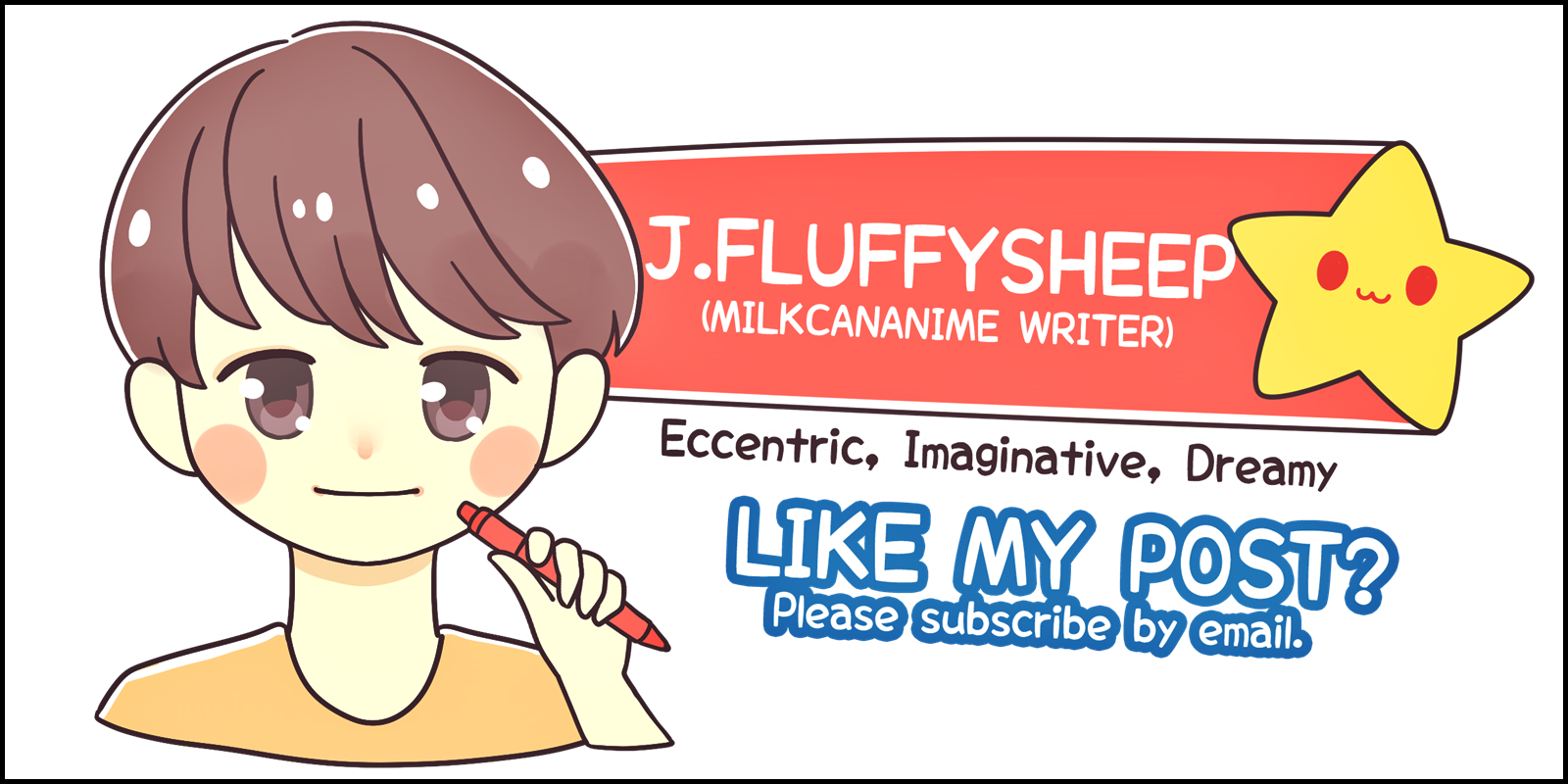Hana yori mo Hana no Gotoku
If anybody were to pose this question: What are some of the things that you like about Japanese culture (or Japan in general)? I know that more than half of my responses would be the conventional, easily relatable stuff. While I do have an appreciation for the finer, deeper forms of artistic expression, I'm not readily confident to say that I actually understand the intentions or meanings behind each of the stories. Even with a more polished command of the language, that doesn't necessarily equate to instantaneous eureka moments the next time I revisit those pieces. Immersion itself is a form of art which varies, but that is another story for some other time (hopefully).Anyway, the reason why I'm bringing up Japanese art in this article is all thanks to a manga series which has caught my eyes quite a few times yet for some funny reason it's never properly etched into my mind until...a part of me had actually thought of just sweeping it home. And that was like a couple of days ago. I don't have a thorough explanation for my randomness which seems to have a separate mind of its own if I hadn't been around to supervise (?). Honestly, there is something about the manga that calls out to me. Is that random enough for anybody, or just plain weird? The original Japanese title is a little lengthy - Hana yori mo Hana no Gotoku. Roughly translated, it means being more flowery than a flower. Okay, that feels a little off. Well, the Taiwanese edition has the title changed to something much 'friendlier' and more identifiable. In English, it means 'The Pretty Boy of Noh'. Yeah, direct translations don't always work!
Noh is the central theme of this series drawn by mangaka Narita Minako. My only other impression of Noh had been a short scene from the film adaptation of 'Shitsurakuen' (Lost Paradise). Noh dates back to the mid 14th century and is the oldest form of performing art that still sees regular shows in Japan today. What had initially caught my attention regarding Noh was the various types of masks being used in the plays. The masks are capable of emoting under certain angles and such. Because of the intricacies, the masks usually come across as rather intimidating and in some instances sinister. Of course, that is just a small fraction of Noh.
The protagonist is Sakakibara Norito, who began his training in Noh when he was two. He is the disciple of his maternal grandfather who is a sixth generation Noh actor. Interestingly, Norito's family would only address him as Kento which technically isn't incorrect as the individual kanji could be pronounced differently in a lot of names. Apart from Noh, Norito enjoys archery and jazz. His debut performance as the lead actor is in the play 'Tsunemasa'. Subsequently, Norito would move on to do more plays and even a television drama in which he plays a Noh actor (as expected). He would also take in his first disciple who is one of his co-stars in the drama.
Unfortunately, there isn't a lot of information on 'Hana yori mo Hana no Gotoku' that I could use. Scanlations are extremely limited and if any, they aren't of a decent resolution. My take is that Noh is still after all not something contemporary which a lot of people can easily relate to. While it is really nice and refreshing to see such a fine form of art being incorporated into manga, the subject itself is probably impossible to deviate into anything that would be exaggerating or outrageous which could disrespect the art form. Even though it is a shoujo manga...
Anyway, I can't wait to dive straight into the series. As mentioned earlier, there is something about it that calls out to me. Nope, I don't think that I would transform into a Noh actor after completing the manga. Whatever that something may be, it is simply one of those little mysterious pleasures of life.
Eccentrically Yours.
Written by J.Fluffysheep ♪







No Comment to " Hana yori mo Hana no Gotoku "